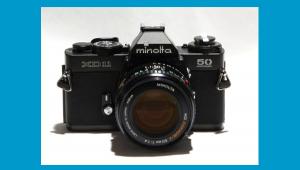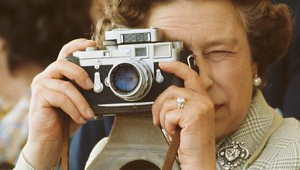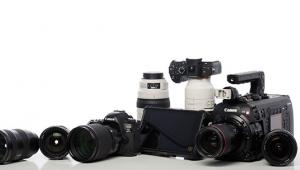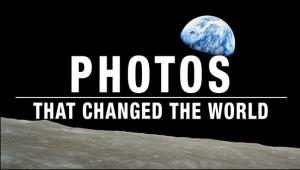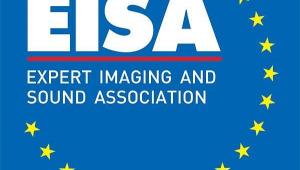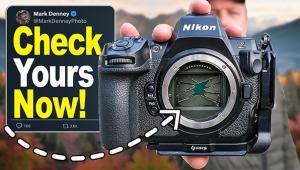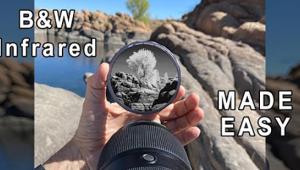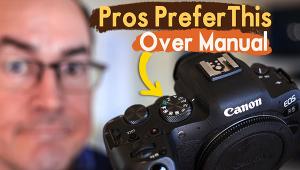Nikon Introduces D300 Pro Digital SLR Camera

Similar to the D3, the D300 features Nikon's exclusive EXPEED Image Processing
System that is central to driving the speed and processing power needed for
many of the camera's new features. The D300 features a new 51-point auto
focus system with Nikon's 3D Focus Tracking feature and two new LiveView
shooting modes that allow users to frame a photograph using the camera's
high-resolution LCD monitor. The D300 shares a similar Scene Recognition System
as found in the D3 that promises to greatly enhance the accuracy of auto focus,
auto exposure and auto white balance by recognizing the subject or scene being
photographed and applying this information to the calculations for the three
functions.
The D300 powers up in 0.13 seconds and shoots with a 45 millisecond shutter
release lag time. The D300 is capable of shooting at a rapid six frames per
second and can go as fast as eight frames per second when using the optional
MB-D10 Multi-Power Battery Pack. In continuous bursts, the D300 can shoot up
to 100 shots at full 12.3 megapixel resolution.
Its new Scene Recognition System advances the use of Nikon's 1,005-segment
sensor to recognize colors and light patterns that help the camera determine
the subject and the type of scene being photographed, before a picture is taken.
This information is used to improve the accuracy of auto focus, auto exposure
and auto white balance functions in the D300. For example, the camera can track
moving subjects better and by identifying them, it can also automatically select
focus points faster and with greater accuracy. It can also analyze highlights
and more accurately determine exposure, as well as infer light sources to deliver
more accurate white balance detection.
The D300 incorporates Nikon's new Multi-CAM 3500DX auto focus module that
features an intelligent array of 15 cross-type sensors and 36 horizontal sensors.
These sensors can either be used individually or in groups, with the option
for Single area AF mode and Dynamic AF modes using groups of either nine, 21
or all 51 focus points. The system also features 3D tracking with automatic
focus point switching that takes advantage of all 51 AF points as it uses color
and light information to accurately track the subject. Nikon's new Scene Recognition
System and improved focus algorithms also contribute to the impressive performance
of the new 51-point AF system.
Nikon's new Picture Control System makes it easy for users of all experience
levels to select and apply adjustments to how their pictures are rendered and
create optimized settings to suit their individual preferences. The same settings
produce consistent picture tone, even when using different camera bodies. The
Picture Control System offers four basic setting options -- Standard, Neutral,
Vivid and Monochrome. These can be directly modified for easy adjustment and
customization of image parameters, such as sharpening, tone compensation, brightness
and saturation. Photographers can customize and store up to nine customized
options in the D300 and export up to 99 to a CF memory card, enabling photographers
to share settings among multiple cameras that feature Picture Control System.
The D300 features a new Active D-Lighting mode that, when enabled, provides
remarkable real-time highlight and shadow correction with optimized image contrast.
Active D-Lighting produces broader tone reproduction in both shadows and highlights
by controlling highlights and exposure compensation while applying localized
tone control technology to achieve a more pleasing level of contrast across
the entire image. And because the advantages of Active D-Lighting are applied
as images are captured, image editing time can be shortened.
The D300's LiveView feature offers two modes for confirming subjects and
composition on the new 920,000-dot, high-resolution 3-inch LCD monitor while
shooting. The Tripod mode is designed for precise focus and accuracy when the
camera is on a stable platform and the subject is not moving. In this mode,
the camera focuses on the subject using focal-plane contrast and any point on
the LCD screen can be selected as the focus point for the picture. The second
mode, called Handheld mode, allows photographers to use the camera's conventional
TTL focusing system, with all 51-points and 15 cross-type points available.
When using this mode, the camera activates focusing immediately when the shutter
button is pressed, to ensure accurate focus.
The D300 also employs a new self-cleaning sensor unit. Four different resonance
frequencies vibrate the optical low pass filter in front of the image sensor
to shake particles free and reduce the appearance of dust.The D300 inherits
one of Nikon's most streamlined, functional and aesthetically pleasing
layouts in a digital SLR camera, designed to enable photographers to take pictures
with less fatigue, greater accuracy and comfort.
The camera's viewfinder provides virtually 100 percent coverage so pictures
can be framed accurately, while an ultra-high definition 920,000 dot VGA LCD
screen on the rear of the camera displays images with vivid color and clarity.
Its 170-degree wide viewing angle makes it easy to compose shots using the LCD
screen in LiveView mode. The D300 features rugged magnesium alloy construction
and the camera's shutter mechanism is tested up to 150,000 cycles. The
3.0-inch LCD is strengthened with tempered glass and the D300's rubber
gaskets and seals protect vulnerable entry points from dust and moisture.
The D300 will be available from Nikon Authorized Dealers beginning in November
2007 for an estimated selling price of $1,799.95**. With the introduction of
the D300, Nikon's current lineup of digital SLR cameras now includes the
new D3, D2XS, D300, D200, D80, D40x and D40.
www.nikonusa.com
- Log in or register to post comments


